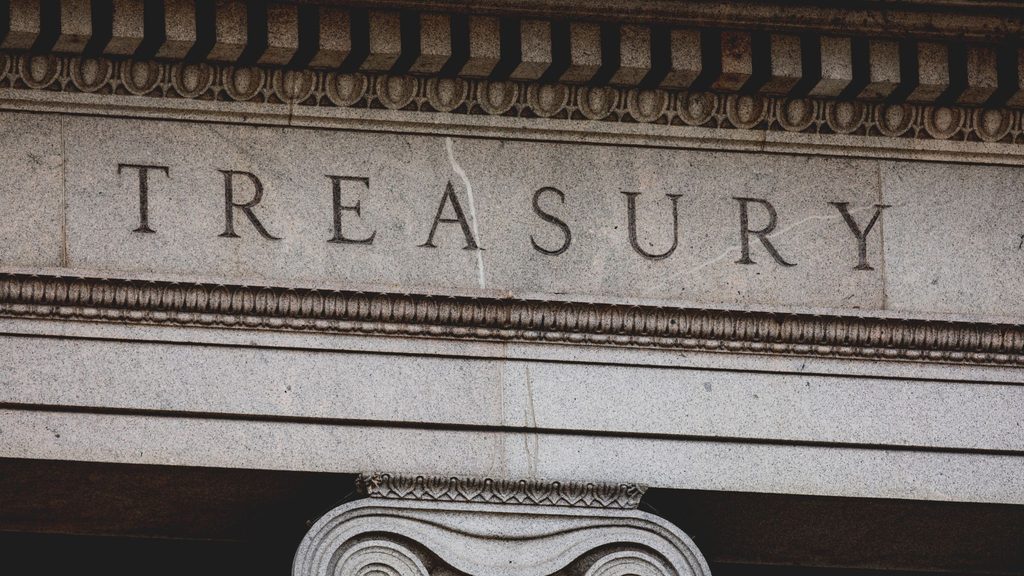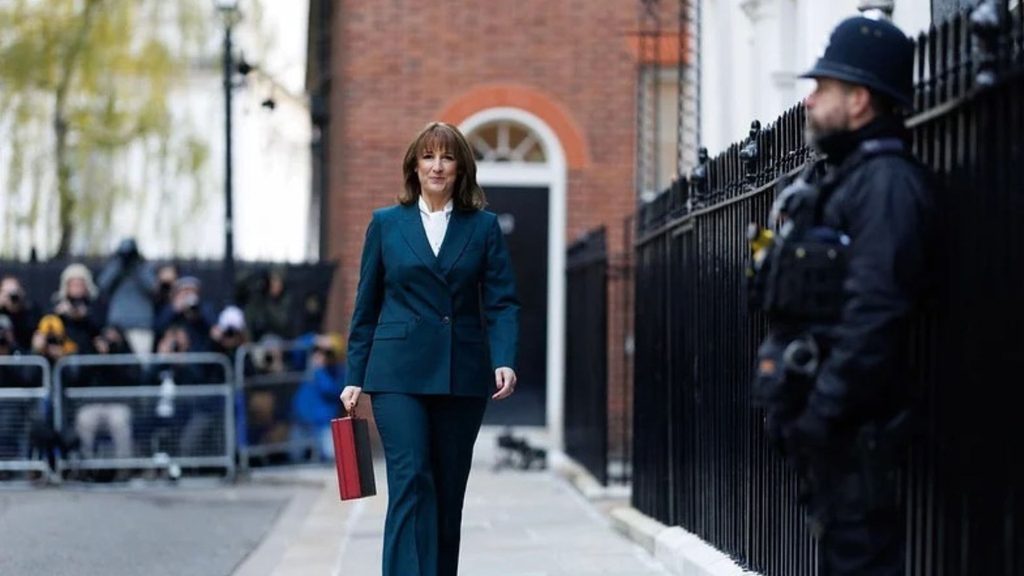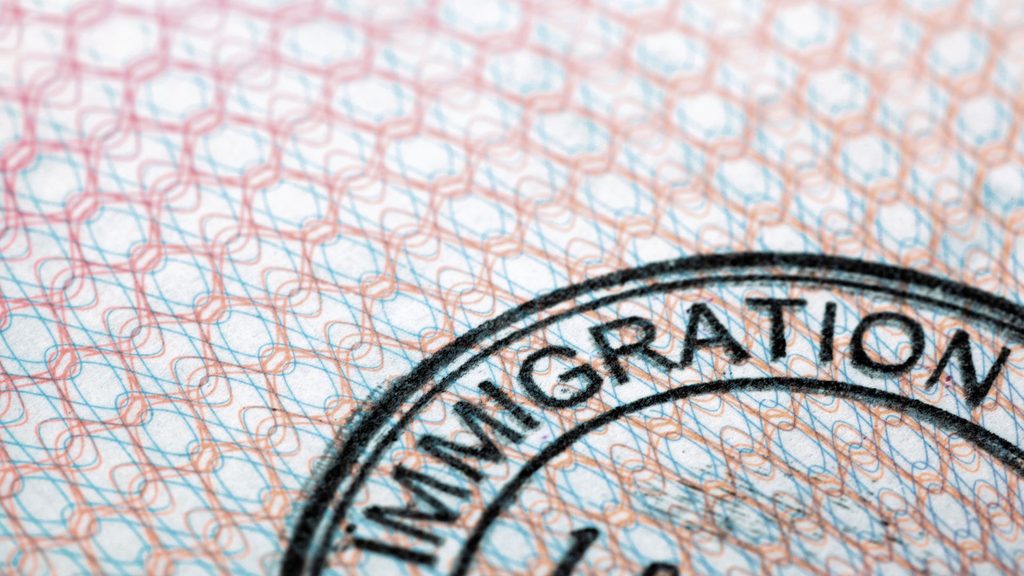The UK government borrowed £17.4bn in October, more than economists had expected and above the official forecast path, in a development likely to tighten Chancellor Rachel Reeves’s room for manoeuvre just days before she delivers her budget.
The latest public finance figures from the Office for National Statistics show that, while borrowing in October was £1.8bn lower than in the same month last year, it was still the third-highest October deficit since comparable records began in 1993. City economists had expected borrowing of around £15bn, and the Office for Budget Responsibility (OBR) had pencilled in £14.4bn for the month in its March projections.
Over the first seven months of the 2025‑26 financial year, the government has borrowed £116.8bn, up about 8.4% on the same period a year earlier and the second-highest April‑to‑October total on record, behind only the first Covid year in 2020. Cumulative borrowing is now roughly £9bn–£10bn higher than the OBR’s March forecast track, putting pressure on Reeves’s commitment to meet her self‑imposed fiscal rules without further tax rises or spending cuts.
The figures mean the deficit so far this year is running at about 3.9% of gross domestic product. Public sector net debt, excluding public sector banks, is estimated at around 94.5% of GDP – close to its level a year ago and comparable to the early 1960s.
October’s borrowing includes an estimated current budget deficit – the gap between day‑to‑day spending and revenues, including debt interest – of £12.6bn. For the year to date, the current budget deficit has reached £83.9bn, almost 10% higher than in the same period of 2024.
The ONS said central government spending was about £3.7bn higher in October than a year earlier. Economists attribute much of the increase to higher welfare payments, which are linked to inflation that turned out stronger than previously forecast, and to higher public sector pay following recent settlements. Debt interest payments, at an estimated £8.4bn in the month, were down on the £9.3bn recorded in October last year but remain historically high, with the Treasury warning that roughly one pound in every ten raised in tax is now being spent servicing the national debt.
The figures land at a sensitive moment for Reeves, who is due to deliver her second budget on Wednesday 26 November. In March, the OBR calculated that she had just £9.9bn of “headroom” against her main fiscal rule – that the current budget must be in balance by the end of the forecast period in 2029‑30 – a margin of only about 0.3% of GDP.
Since then, higher‑than‑expected borrowing and a rise in long‑term government borrowing costs have eaten into that cushion. Martin Beck, chief economic adviser to consultancy WPI Strategy, said the latest data suggested Reeves’s headroom had “almost certainly vanished”.
“At the current pace, borrowing in 2025‑26 could overshoot the OBR’s full‑year forecast by around £10bn,” he said, warning that the deficit risked moving close to 5% of GDP. “That would leave the chancellor with very limited scope to loosen policy next week if she still intends to hit her fiscal targets.”
The Treasury sought to present the figures as evidence of the need for tighter discipline rather than a reason to relax the rules. James Murray, the chief secretary to the Treasury, said the data underlined the cost of servicing the existing £2.8tn debt pile.
“We are now spending about one in every ten pounds of tax revenue on debt interest,” he said, arguing that this was money that could otherwise support schools, hospitals, policing and defence. Murray said next week’s budget would set out how the government planned to “cut debt and deliver the largest reduction in the primary deficit in both the G7 and the G20” over the coming five years.
Reeves did not issue an immediate detailed response to the borrowing figures, but she has repeatedly insisted in recent weeks that her fiscal rules are “non‑negotiable”. Labour’s framework commits the government to eliminating borrowing for day‑to‑day spending by the end of the decade and to ensuring that public sector debt is falling as a share of GDP in the fifth year of the forecast horizon.
The chancellor has also signalled that, if the OBR judges those rules to be at risk when it publishes its updated outlook alongside the budget, she will respond with further measures rather than altering the targets themselves. However, some economists and a number of Labour MPs have argued that the debt rule in particular may have to be tweaked if the government is to sustain investment and repair public services without constant recourse to tax rises.
The opposition seized on the latest borrowing numbers as evidence that Labour’s claim to be restoring stability to the public finances was under strain. Mel Stride, the Conservative shadow chancellor, said borrowing so far this year was “the highest we have ever seen outside the pandemic”.
“If Labour had any backbone, they would get a grip on spending instead of reaching for yet more tax rises,” he said. “These figures show families and businesses will pay the price for this government’s failure to live within its means.”
The Liberal Democrats said the data showed the government lacked a coherent growth strategy. Daisy Cooper, the party’s Treasury spokesperson, argued that “another month of eye‑watering borrowing” was a sign ministers were “failing to turn things around” and called for the budget to “kickstart growth” by rebuilding trade ties, including through a new customs arrangement with the EU, rather than relying on tax increases.
The October release follows a run of uncomfortable public finance updates for Reeves. In April, the ONS reported that borrowing in 2024‑25 had reached £151.9bn, about £14.6bn more than the OBR had forecast only weeks earlier. That overshoot prompted early warnings that the new government would face hard choices in an autumn budget if it wanted to stay within its rules.
A subsequent correction to VAT data in October this year revised borrowing for the first five months of 2025‑26 down by about £2bn, briefly improving the outlook and giving the Treasury what some dubbed a modest “statistical windfall”. But the relief proved short‑lived. Figures released in October showed borrowing of £20.2bn in September, the highest for that month since 2020, pushing cumulative borrowing to £99.8bn and already more than £7bn above the OBR’s profile for April to September.
Against that backdrop, officials had floated – and then appeared to rule out – the possibility of explicit increases in the main rates of income tax in the run‑up to the November budget, amid concern about the political backlash. Reeves has promised not to raise the headline rates of income tax, VAT or National Insurance for what she describes as “working people”, narrowing the set of revenue‑raising options available to her.
Analysts say that if she sticks to those pledges but still needs to close a growing gap between the fiscal forecasts and her rules, she is more likely to turn to changes in other areas of the tax system or to further restraint on unprotected areas of public spending. Potential measures discussed by think-tanks include limiting certain tax reliefs, tightening capital gains or inheritance tax rules, or delaying some previously announced spending plans, though the final decisions will not be known until budget day.
Economists at leading institutes have warned that the pressures on the public finances are not solely the result of short‑term fluctuations. High debt, elevated interest rates compared with the past decade and subdued growth all make it harder to bring borrowing down rapidly, even if the government is prepared to take unpopular decisions. At the same time, demands on public services and calls for greater investment in infrastructure, defence and the transition to net zero remain intense.
The OBR’s new forecasts, to be published alongside Reeves’s statement on Wednesday, will give the first official assessment of how far today’s borrowing trends have altered the outlook since March. Markets, meanwhile, will be watching closely to see not only whether the government is judged to be on course to meet its rules, but also whether its plans are seen as credible and deliverable in economic and political terms.
For now, the latest ONS numbers underline the scale of the challenge. Borrowing is lower than a year ago but still running well above expectations, leaving the chancellor with little obvious fiscal slack as she prepares to set out Labour’s tax and spending choices for the remainder of the parliament.







Comments
No comments yet. Be the first to comment!